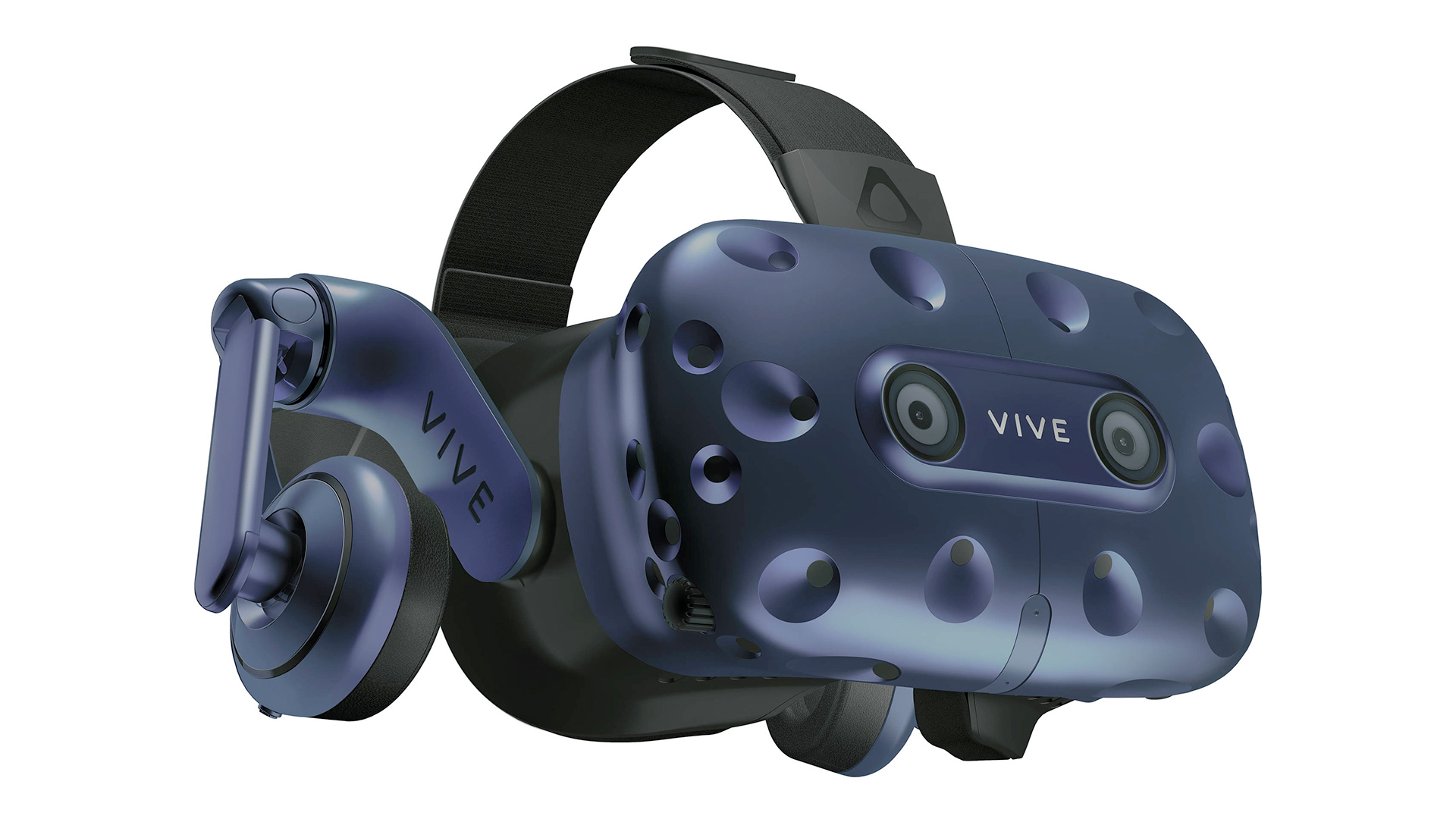HTC tests multi-room Vive VR
Fancy turning your house into a VR arcade?

HTC has demonstrated a feature expected in SteamVR 2.0: tracking of a virtual reality space across rooms.
Current room-scale VR with an HTC Vive is designed for a simple area with a diagonal of up to 5m. HTC Vive President Alvin Wang Graylin posted a video on Twitter showing what we can expect from the next generation of VR sensor software.
The video shows someone moving between rooms with a Vive Pro headset on. It opens-up the potential to turn our houses into VR-arcade-like spaces. If you’re willing to get rid of all the trip hazards, anyway.
We're not quite there yet
Valve engineer Alan Yates did pipe up on Twitter to keep our expectations in check, though. He says the system still only uses four room sensors at any once time, limiting the complexity and size of VR environments.
In HTC’s video, two sensors are used in each of the rooms. They are SteamVR 2.0 base stations, a new kind of room tracker compatible with the HTC Vive Pro. These sensors increase the maximum play area to a huge 10m by 10m.
Sure, almost none of us have a living room that size, but this is why cross-room tracking is so important.
The stinger is that the original HTC Vive does not support SteamVR 2.0 room tracker sensors. And these are early tests.
Sign up for breaking news, reviews, opinion, top tech deals, and more.
However, developers started receiving SteamVR 2.0 base stations in March 2018.
via UploadVR

Andrew is a freelance journalist and has been writing and editing for some of the UK's top tech and lifestyle publications including TrustedReviews, Stuff, T3, TechRadar, Lifehacker and others.